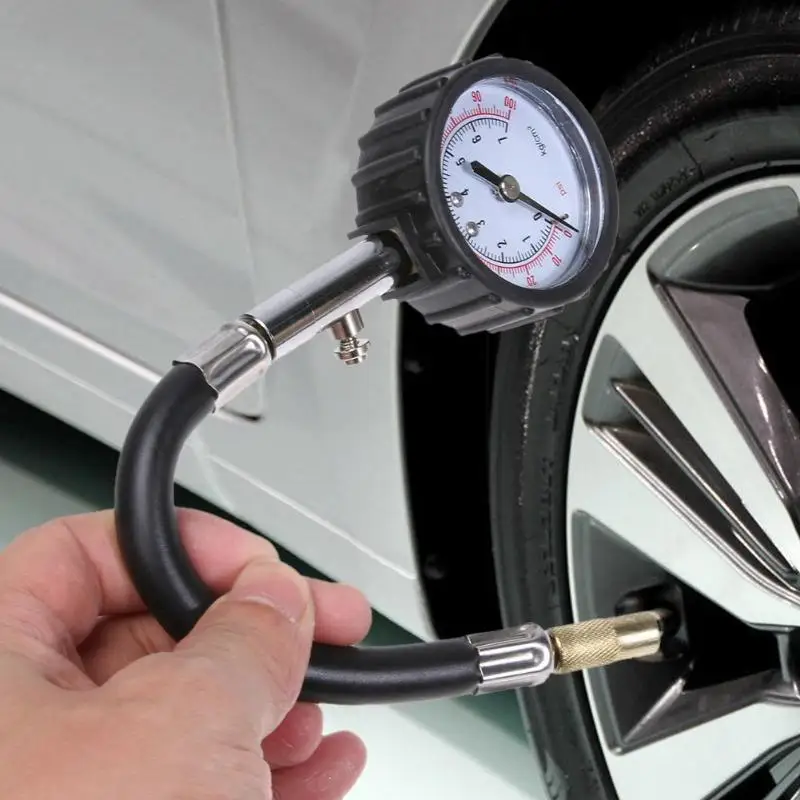With heavier machinery and larger loads weighing on soil and crop yields, new tire technology and automated inflation systems can help take the pressure off you and your fields, while boosting yields.
The need for speed to hit an optimum planting window between rains is part of a trend toward larger planters with central fill systems, and larger tractors to pull them. However, the time savings can come at a cost to plant health and yield if the planting pass adds to soil compaction.
“Soil compacted at planting can inhibit moisture and nutrient movement and stunt plant root growth, making it difficult for the plant to make its way out of the furrow,” says Larry Kuster, AGCO marketing specialist for seeding and tillage. “That’s why it’s important to minimize compaction at planting.”
Brad Harris, manager of the global field engineering team for Firestone ag tires and a grower himself, agrees that crop health and yield become the biggest concerns with compaction. It may not be as evident in good years, but “it’s when we have an extremely wet or an extremely dry growing season that those stresses really take their toll on the growing crop,” he says, and not just in corn. Plant scientists at Purdue University, the University of Nebraska and elsewhere report that areas of soybean fields with moderate to severe soil compaction are associated with increased levels of sudden death syndrome.
Kuster says the first and best tip to avoid excess soil compaction is, “Don’t work the field or plant the field when it’s wet.” Unfortunately, as in many regions in 2019, it sometimes is the only way to get the crop in.
Whatever the conditions present at planting, experts recommend paying attention to two important factors that growers can have control over: using the right tire pressure for the job, and the choice of tire type used on tractors, planters and other field equipment. With new developments in tire technology and innovations like VarioGrip, the tire pressure system on Fendt tractors, along with new weight-management systems on planters, using tire pressure to manage equipment weight and soil compaction can be easier and more effective than before.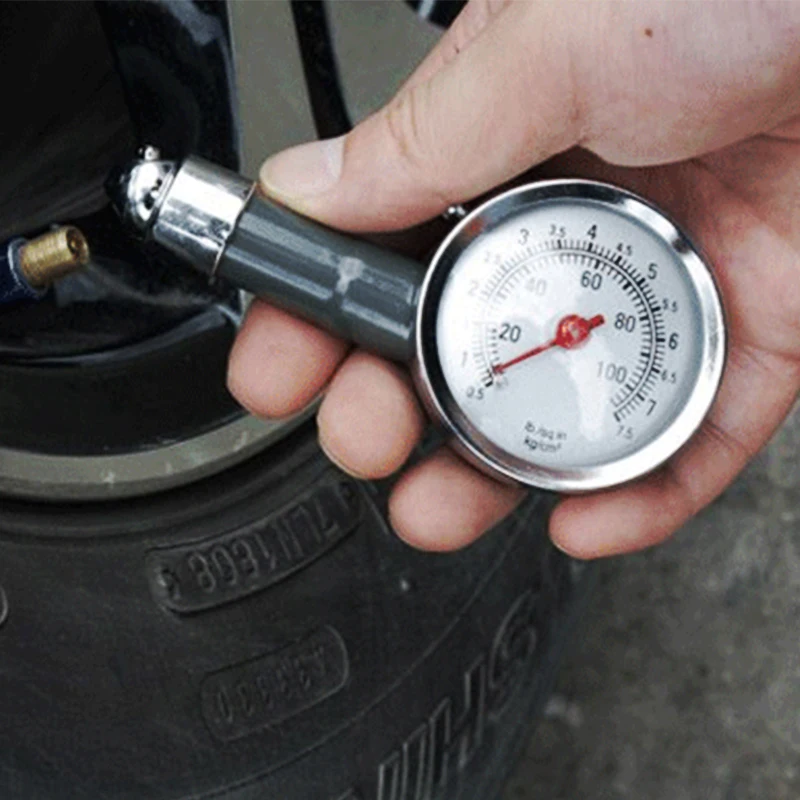
With new developments in tire technology and innovations like VarioGrip, the tire pressure system on Fendt tractors, along with new weight-management systems on planters, using tire pressure to manage equipment weight and soil compaction can be easier and more effective than before.Click To Tweet
“We in the industry have believed for probably the past five years that soil compaction is going to be more of a driving factor when people are thinking about machinery, and tires in particular,” says Barry Clifford, manager of marketing for Alliance Tire America Inc. “Tires are that contact point between the machine and the ground. So as machines get bigger, they get more efficient and effective, but also heavier, so they also can create more damage through soil compaction.”
The rule of thumb is that whatever pressure is in the tire, the resulting pressure exerted on the ground is 10% to 20% more than that, Harris says. Excess ground-contact pressure from the tires is what causes compaction.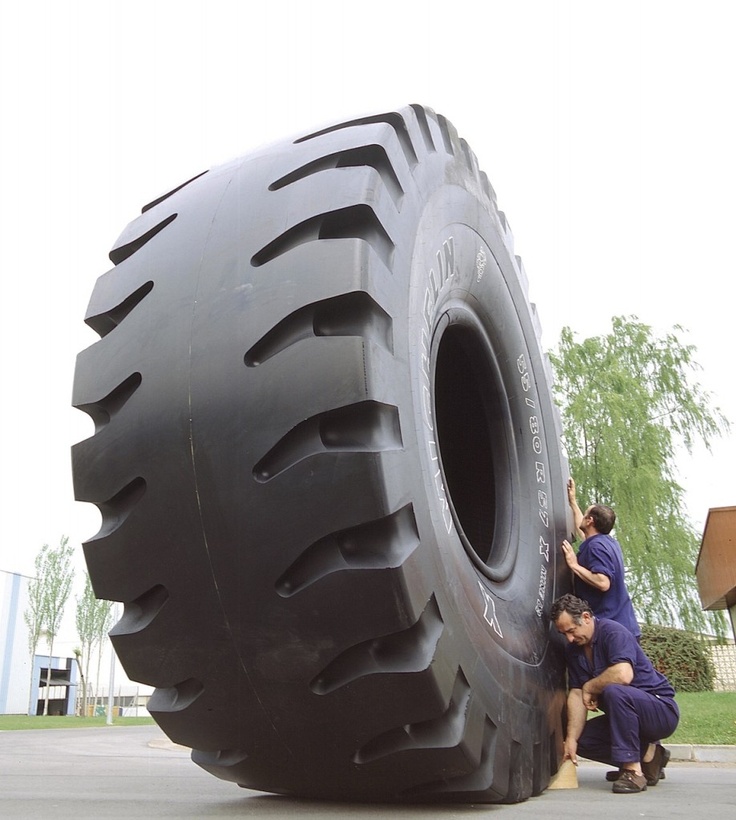
When possible, Harris recommends using the minimal allowed tire-inflation pressure to carry the known axle load. “(That) gives us our biggest footprint, spreads that weight over a larger area, and minimizes the compaction that we see in the soil,” he says.
So, it’s important to weigh the axle loads of tractors and equipment such as planters to know the total load configuration. That load, combined with the tire size and the predicted speed of the operation, determine the recommended pressure based on tire inflation tables and/or online calculators from the manufacturer.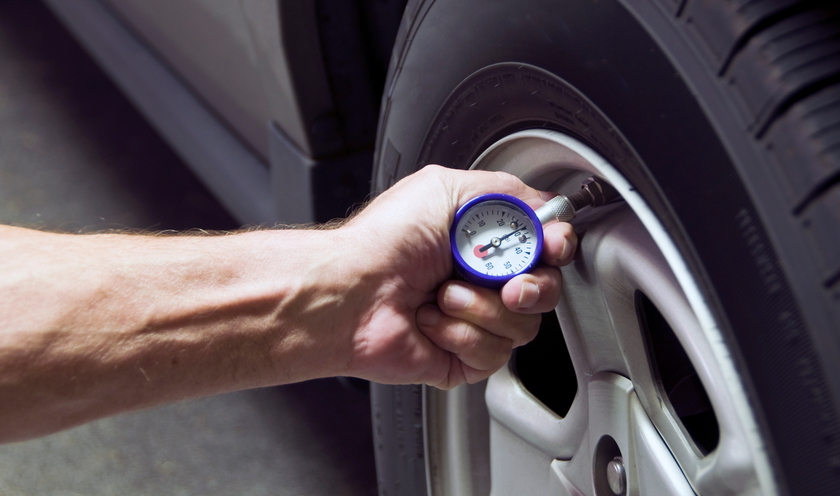
Now comes the sticking point for many farmers, Clifford says, as that recommend pressure changes with road speed and application. “Ideally what would happen is that a farmer would have a given speed for the road that would allow the tire to be fully inflated, that would allow a completely hard surface across the road, and it would drive and handle well and the sidewalls would be still stiff enough to steer well and stop well,” he says.
“Then when they get to the field, they would get out and lower their air pressure to something that would provide a lot longer footprint, a lot more traction in the field, better performance in terms of fuel consumption, and less soil compaction to be much kinder to the fields,” he says. But he says he rarely sees that happen; changing inflation with a normal-size valve takes time that few growers have at planting time, and it means needing an air supply at hand to re-inflate the tires for transport.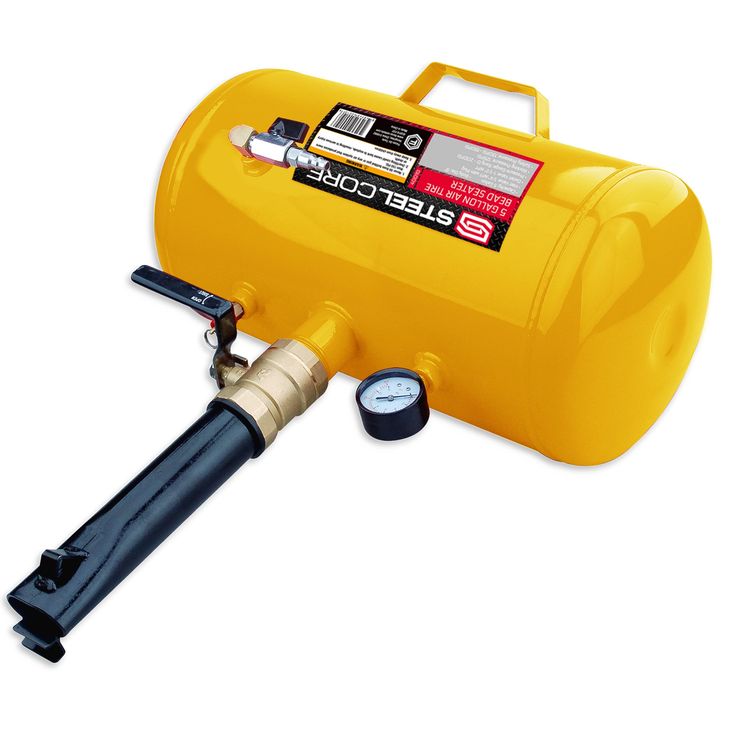
When Harris does field clinics, he shows customers how a 16-row folding corn planter “can add anywhere from 10,000 to 15,000 pounds of load to the rear tractor axle,” he says. “So if we set our inflation pressures up for road transport … we need 30 to 35 PSI in those tires to carry the load. But when we get to the field and we open that planter up and we carry the weight on all the planter tires, that load comes off, and now we only need 20 PSI.
“So without changing the tractor-tire pressure before planting in these wet years, we would be running at 35 PSI, but we really could be down at 20 PSI,” Harris explains. “We’re putting 15 PSI more contact pressure into the soil, which could cause pinch-row conditions that we’re seeing and extra ruts in the field. The inflation pressure inside of those tires is what’s carrying the load.”
One solution to soil compaction Kuster has been glad to see is “new technology and tires that allow us to reduce the air pressure in tires and the carry the same amount of weight.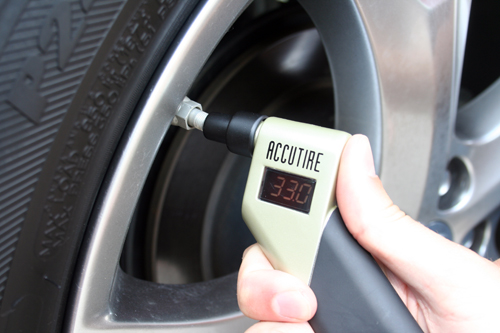 ”
”
Many of those new tires are IF (increased flex or flexation) and VF (very-high flexation) tires. As Harris says, “IF tires are a radial construction that carries 20% more load than a standard radial tire at the same pressure. It allows that tire to flex more than a standard radial. A VF tire carries 40% more load than that standard ag radial tire. The tires will look flatter than a standard radial because they’re designed to operate with more squat in them.”
So, while a standard radial tractor tire may need 35 PSI to pull a heavy planter on the road, “by putting an IF tire on that tractor, we can reduce that inflation pressure down into the 20s,” Harris says. “It helps us use a lower inflation pressure to do the least amount of compaction into the soil.”
Clifford agrees that growers can decrease the amount of pressure they’re putting on their fields just by switching to IF or VF tires, and “you will get optimal improvements either by adjusting your pressure between the fields, manually or automatically,” he says.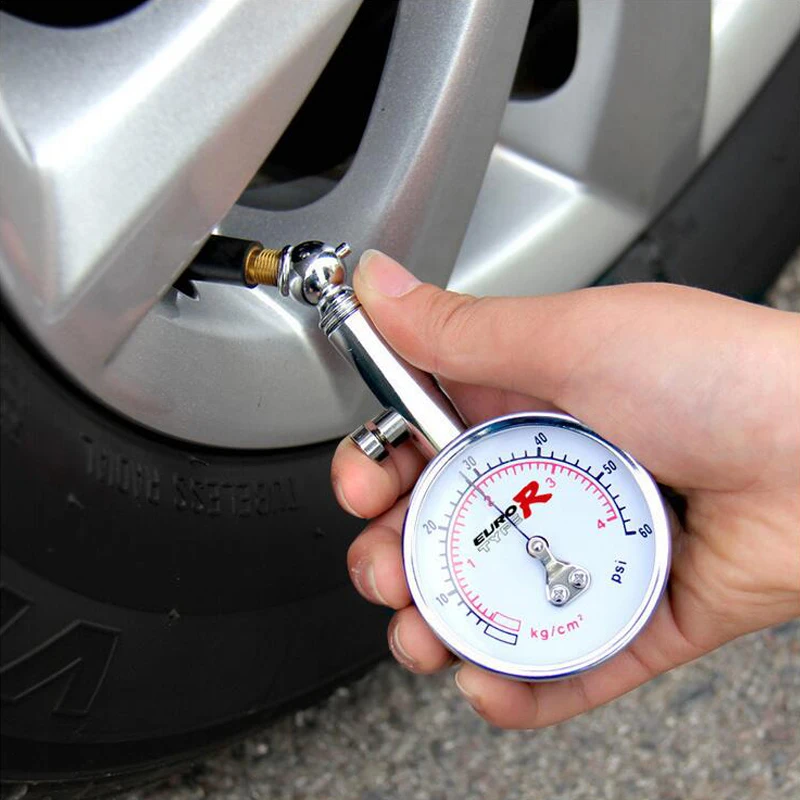
So besides investing in higher-flexation tires and using proper inflation rates, what else can growers do to protect their field and yield at planting time when using central fill planters? The concentrated weight on conventional dual wheels under commodity tanks is known to cause pinch-row compaction and limit yield in center-of-planter corn rows.
As an industry, “we really started affecting planter weight with the introduction of central fill about 20 years ago,” AGCO’s Kuster says. “But do we want to go back to 2-bushel or 3-bushel boxes on each the row, and the time it takes to fill that type of planter? No, we don’t. So how do we handle the weight of the central fill so we can maximize the crop’s potential?”
That’s the engineering puzzle that landed on Ben Fanshier’s desk in Hesston, Kansas, a few years back. As a project engineer, he and a global team were tasked with designing a new, high-capacity central fill planter from a “clean sheet. ” One of his jobs was to figure out how to solve the compaction issue with a new type of weight-transfer system.
” One of his jobs was to figure out how to solve the compaction issue with a new type of weight-transfer system.
“I’m sitting there focused on the tires, and realizing that if I transfer weight to them, well then, they’re overloaded or underloaded,” he says. “And so if I’m going to overload a tire, I might as well just put the right tire pressure in there for the anticipated load.” That led to putting in strain gauges to know the load on each tire, capturing the speed of the planter from the tractor system, and loading tire inflation tables to compute the tire pressure needed for each wheel as the weight would shift.
The result is the Load-Logic® weight management system on the new Fendt® Momentum™ planter from AGCO, which lets the operator choose to use a load-balance mode to distribute the weight of the seed and fertilizer evenly across the planter bar, or the controlled-traffic mode to focus the weight on the in-line tandem center wheels that follow the path of the tractor wheels.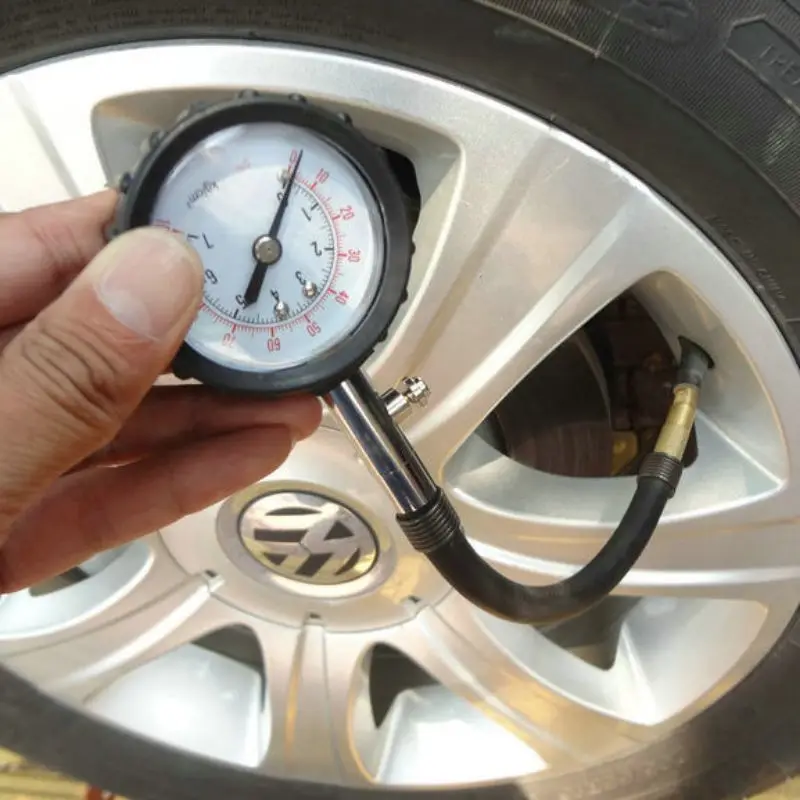 “We can put the weight in the right places, and then the tires adjust automatically” using a smart central tire inflation system (CTIS) as part of Load-Logic, Fanshier says.
“We can put the weight in the right places, and then the tires adjust automatically” using a smart central tire inflation system (CTIS) as part of Load-Logic, Fanshier says.
“We can put the weight in the right places, and then the tires adjust automatically” using a smart central tire inflation system (CTIS) as part of Load-Logic.Click To Tweet
That first comes into play when the operator pushes a button in the cab to unfold the planter, and the CTIS deflates the tires from the pressure needed for 20 mph road transport to the right pressure to plant at 5-10 mph with a full load of seed and fertilizer, up to 20,000 pounds on the Momentum. Momentum will be equipped with VF tires that can carry the weight at lower pressures and elongate to “get a huge increase in the tire footprint,” Fanshier says.
As the seed and fertilizer is dispersed, the tire pressure adjusts even lower (never below 15 PSI) to match the load and avoid unnecessary compaction, then increases as needed after tanks are refilled.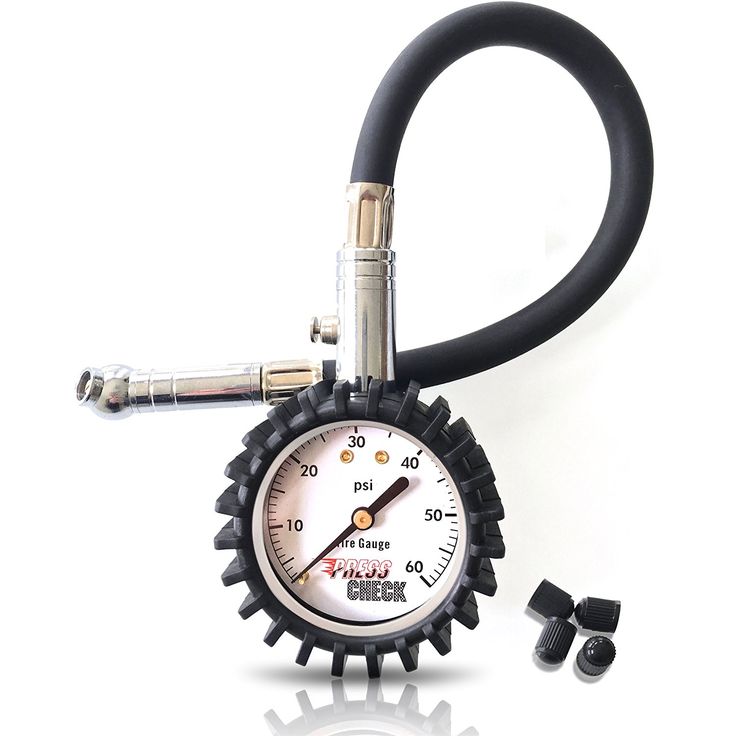 “What we found is,” Fanshier says, “even on a big heavy planter like Momentum, that has all this capacity and all these attachments, we’re running at less than 20 PSI 80% of the time.”
“What we found is,” Fanshier says, “even on a big heavy planter like Momentum, that has all this capacity and all these attachments, we’re running at less than 20 PSI 80% of the time.”
Both Crawford and Harris say they see great potential in the use of such CTIS technology to help customers automatically change tire inflation, either with standard radials or premium IF/VF tires. “On a 2,000- or 3,000-acre farm, it’s something that would probably pay for itself within a season or two, depending on the size of the system, and have immense benefits,” Crawford says.
The Fendt Momentum planter, with Smart-Frame™ technology and the optional Load-Logic weight management system, is available to order from Fendt dealers this summer for delivery in 2021. Kuster says it will pair perfectly with Fendt row-crop tractors with the factory-installed VarioGrip™ tire pressure regulation system. VarioGrip allows the operator to set and control tire pressure on-the-go from 8.7 to 36 PSI to reduce compaction and tire wear while optimizing traction and performance in the field or on the road.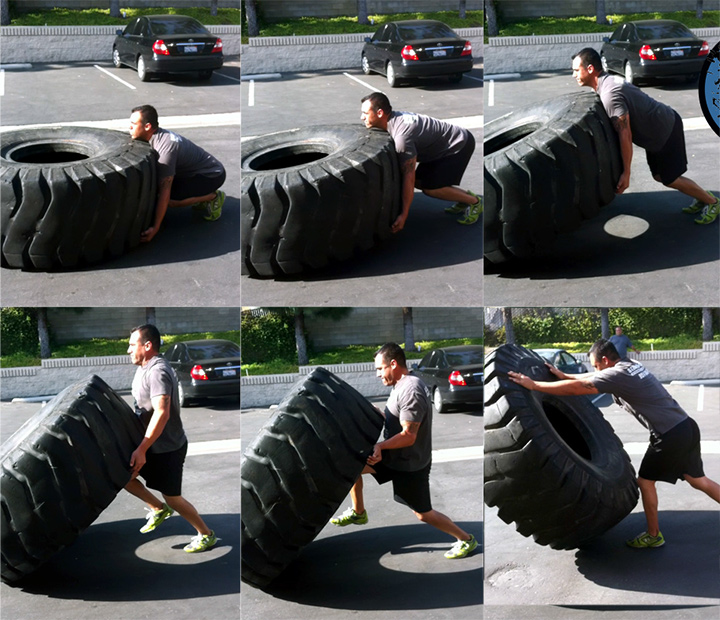
“I think as we move forward, you’re going to see even more equipment from AGCO with soil compaction in mind,” Kuster says. In fact, the 2020 Fendt Momentum Crop Tour will be measuring the effect of the new planter’s technology, coupled with best planting practices, on soil compaction, plant health and yield. “That’s our goal: To help customers do things correctly, to the best of our ability and their ability.”
OVER INFLATION MAY CAUSE:
UNDER INFLATION MAY CAUSE:
Whether you are working with tractor tire or heavy equipment tire pressure, understanding the correct psi and how to correctly determine the right tire pressure for your situation.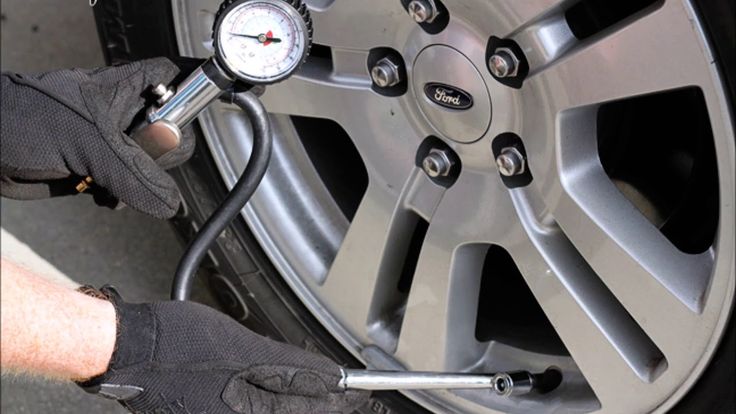
When calculating the right tire pressure, you should consider:
Tire size and tire location along with the weight of the axle loads of tractors and equipment are important to know when calculating the total load configuration. When you combine the load, with the tire size and speed of the operation you need to perform, you can determine the recommended tire pressure. Utilize these tire pressure charts to calculate the correct minimum psi based on tire size and load limits.
Single tractor tire load pressure chart
Dual tractor tire load pressure chart
Triple tractor tire load pressure chart
This is a myth from the bias tire days when ANY kind of sidewall bulge meant the BIAS TIRE was low on air.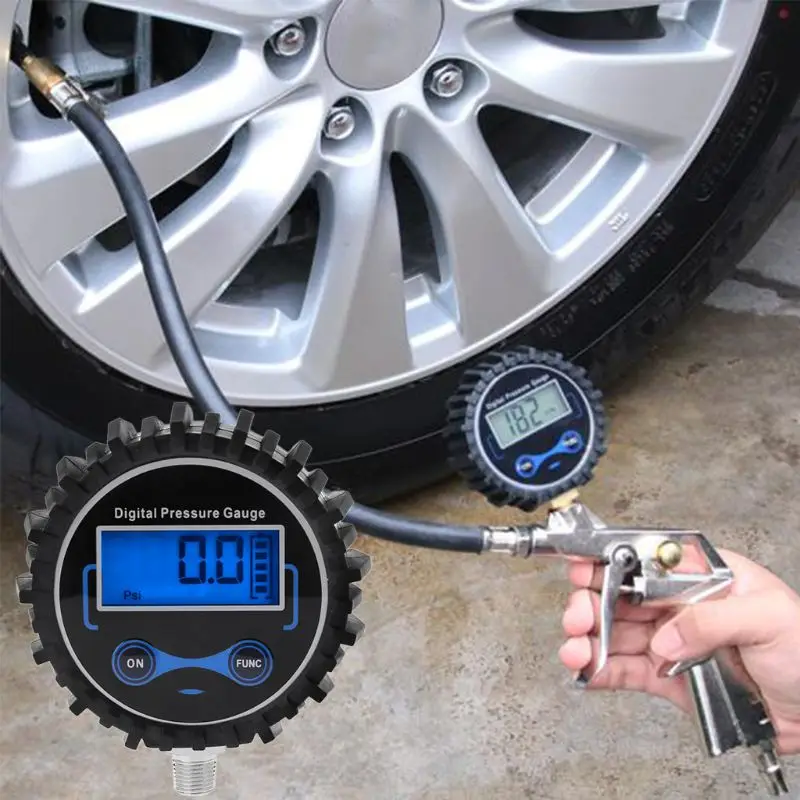 RADIAL TIRES MUST HAVE A CERTAIN BULGE in order for the tire to develop its superior traction. (DIAGRAM INSERTED) BIAS TIRES, at their proper inflation, will OUTPULL an OVERINFLATED RADIAL. The radial's superior performance is realized only with proper inflation.
RADIAL TIRES MUST HAVE A CERTAIN BULGE in order for the tire to develop its superior traction. (DIAGRAM INSERTED) BIAS TIRES, at their proper inflation, will OUTPULL an OVERINFLATED RADIAL. The radial's superior performance is realized only with proper inflation.
Unfortunately, they do not always set the inflation properly. New tractor tires are normally inflated to 30 psi when shipped from the factory to minimize bouncing on the trailer. Dealers may overlook reducing the tire pressures or may not reduce the pressure to the proper level for the load on the axle. Tire changers often times inflate tire to 35 psi to set the tire beads on the rim. Again, the pressure must be reduced to match the load on the axle.
SAFETY WARNING: Never exceed 35 psi when mounting. For complete instructions, consult the 1991 Firestone Farm Tire Data Book (D402) available at all Firestone stores and dealers. (do we have anything more recent?)
Follow these steps for the second axle.
*When using heavy 3-point hitch mounted equipment, adjust rear inflation pressures based on the weight being carried on the rear axle with the implement raised.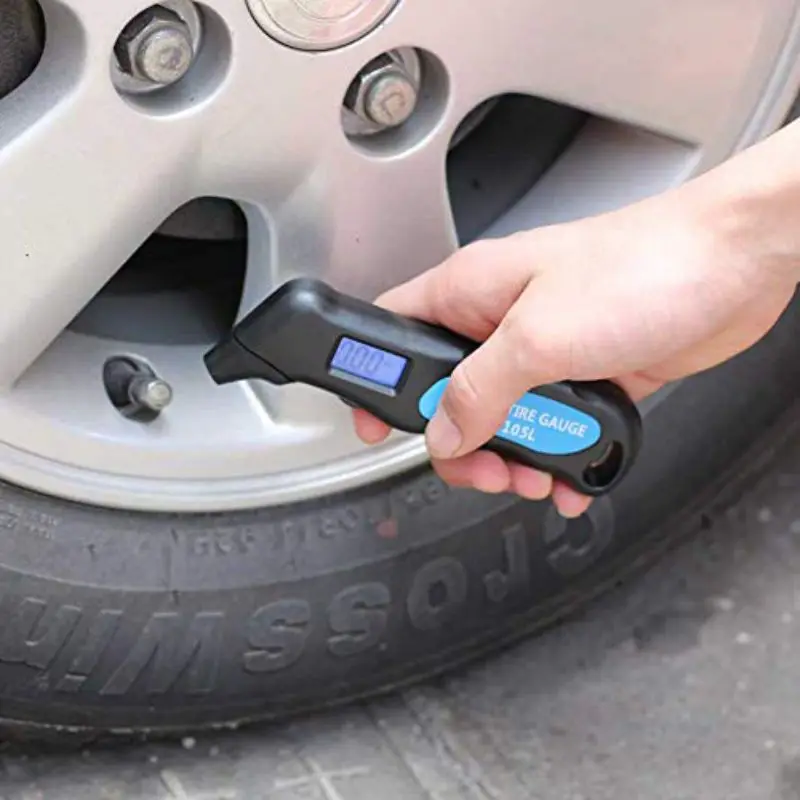 Return to the lower rear inflation pressures when using towed implements. NOTE: For towed implements which transfer heavy vertical loads to the drawbar (i.e., laser scrapers, grain carts), weigh tractor with maximum axle load and adjust inflation accordingly.
Return to the lower rear inflation pressures when using towed implements. NOTE: For towed implements which transfer heavy vertical loads to the drawbar (i.e., laser scrapers, grain carts), weigh tractor with maximum axle load and adjust inflation accordingly.
**It is very important to use an accurate tire gauge. Checking with a gauge that is off by 2 psi can lead to serious tire durability problems when setting tires at these lower pressures. Tires pressures fluctuate with air temperatures and should always be rechecked on a weekly basis.
Recipient Email Address
Press "Enter/Return" or "Space" key to validate your email. Only valid emails can be added. You can share with multiple people.
Subject
Message
Optional
Send a copy to sender's email address
November 27, 2017
From the correct choice of pressure level in tires depends on their service life and the efficiency of using tires and the equipment that is “shod” in them.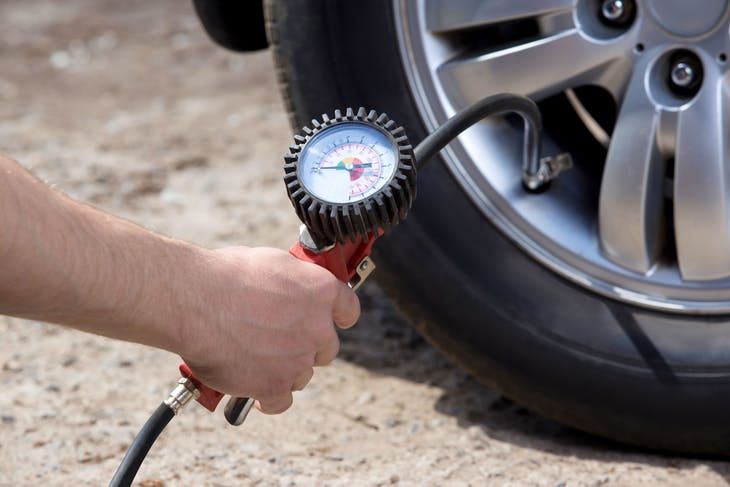 It is impossible to operate rubber at the same pressure level (even acceptable) in all cases, it must be adjusted depending on many factors - the model, size and properties of the tire, the scope of work, load, etc. The correct selection of this level is a difficult task, but necessary. How to solve it ?
It is impossible to operate rubber at the same pressure level (even acceptable) in all cases, it must be adjusted depending on many factors - the model, size and properties of the tire, the scope of work, load, etc. The correct selection of this level is a difficult task, but necessary. How to solve it ?
What should be the tire pressure for a combine or tractor?
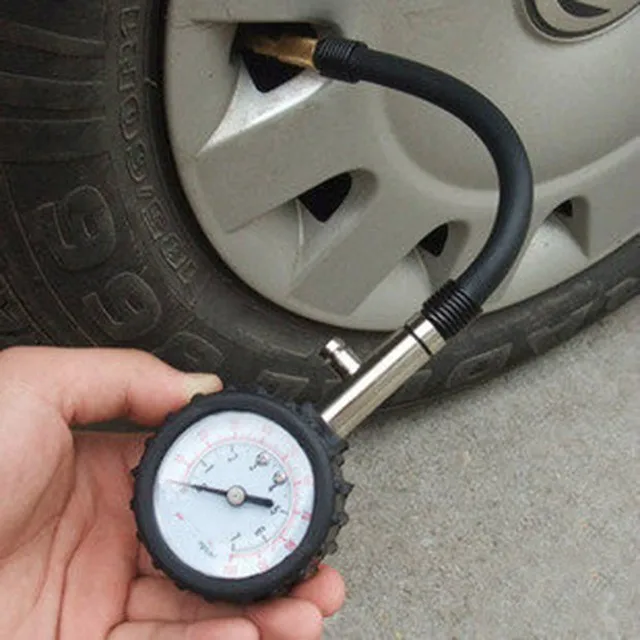 When decreasing, reduce.
When decreasing, reduce. 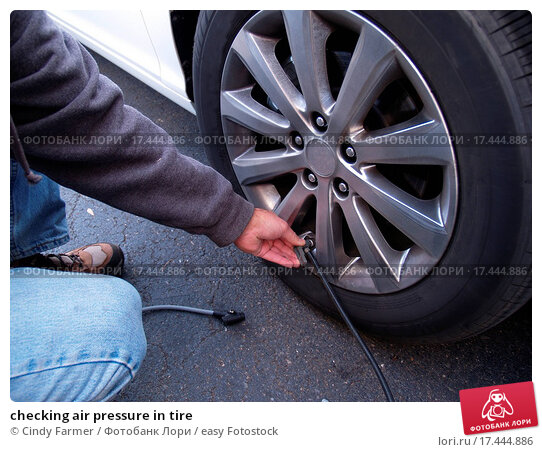 Almost all modern radial tires are capable of operating at a pressure of 0.6-1.0 atm at speeds up to 30 km/h. This level of pressure is considered ultra-low and is ideal for respecting the soil.
Almost all modern radial tires are capable of operating at a pressure of 0.6-1.0 atm at speeds up to 30 km/h. This level of pressure is considered ultra-low and is ideal for respecting the soil. You can use practical example to show what pressure should be in the tires of the MTZ-82 tractor: rear tire 15.5R38, Belshina, model F-2A.
Tractor weight without implement 3900 kg, front/rear tire load distribution 40/60%. Let's assume that the tractor is aggregated with a seeder, the additional load on the rear hitch is 1000 kg. The final tire load is 3900/2 * 0.6 + 1000/2 = 1670 kg. From the table we see that the minimum allowable tire pressure is 0.8 atm at a speed of not more than 20 km / h; the maximum is 1.6 atm and the tractor can move on it at any speed, this level is most suitable for driving on asphalt roads. For movement and work on the ground, it is better to reduce the pressure to 0.8-1.4 atm, this will slightly increase the tire contact area and “soften” it, and the speed of working with the unit still does not exceed 20-30 km / h.
All tire manufacturers provide information in the catalogs on the allowable pressure levels in their tire models and the corresponding speed and load capacity. For the good performance of rubber and increase its service life, you should definitely take into account these data. After all, a properly inflated tire = effectively working equipment .
We remind that one of the main activities of the Soyuz-Diagen enterprise is the sale of tires for any agricultural and special equipment from such well-known manufacturers as: Rosava, Marcher, Michelin, BKT, Alliance, Mitas, Trelleborg, Kleber, Belshina, Voltyre, Malhotra, Galaxy, Ozka, Malhotra.
For more information please contact our managers , they will help you with the choice of agricultural tires.
A tractor is a piece of equipment that must always be in perfect condition, as such machines are constantly working in harsh conditions. Particular attention is paid to the choice of tires, comfort and safety depend on them. Brand tires for tractors from a well-known manufacturer VOTO are specially designed for road use and agricultural use. Before installation, you only need to choose a model for the declared mode.
Particular attention is paid to the choice of tires, comfort and safety depend on them. Brand tires for tractors from a well-known manufacturer VOTO are specially designed for road use and agricultural use. Before installation, you only need to choose a model for the declared mode.
The pressure in the tractor tires is adjusted based on many factors: load, average speed, type of soil. Often, tractor operators set it up depending on the task - for example, they lower the wheels when leaving the asphalt on a road soaked with mud. Usually arable work is carried out on machines, heavy equipment is often hung. Depending on these requirements, the tire pressure is chosen.
Before you start inflating tires, you should evaluate what kind of work to be done - each of them has its own standards. Usually, the standard values \u200b\u200bare indicated in the manual and on the body, but sometimes over time such plates peel off and wear out. It is in such cases that you need to keep the instructions at hand.
It is in such cases that you need to keep the instructions at hand.
Here are the average tire pressures for the MTZ wheeled tractor:
This can be done with a standard pressure gauge available from any specialist shop. It should be noted right away that sometimes they show not quite correct values and can be wrong by 10-20%. To eliminate such errors, it is advisable to immediately check them with accurate control devices.
It should be noted right away that sometimes they show not quite correct values and can be wrong by 10-20%. To eliminate such errors, it is advisable to immediately check them with accurate control devices.
You can check the pressure in the tractor tires using the following algorithm:
Immediately, we note that after measurement, you need to check the nipple for leakage - sometimes after pressing it sinks and starts to let air through. This is done with a soap solution that can be quickly foamed, for example, in a cup, and then applied liberally to the valve. If bubbles appear, you can pull the valve towards you with tweezers or round-nose pliers and check again.